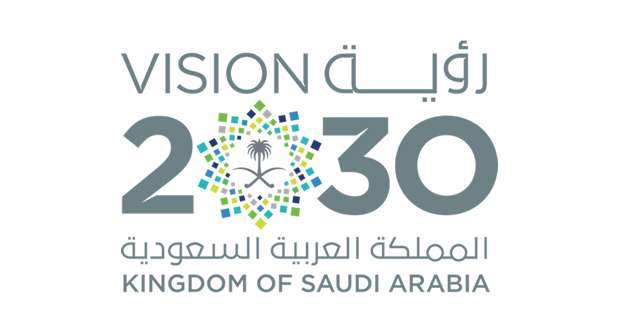In April 2016, Saudi Arabia presented the Vision 2030 plan, a development program put in place by the government to move the country away from its dependence on oil and diversify its economy. To achieve this goal, the plan includes promoting renewable energy and the private sector.
Launched in April 2016 under the aegis of Crown Prince Mohammed bin Salmane (MBS), the Vision 2030 plan aims to reduce Saudi Arabia’s public spending and increase non-oil revenues in order to move the country away from its dependence on black gold. As part of this, the kingdom has already started to raise the price of fuel and electricity and has introduced a 5% value-added tax. But the real condition for the success of Vision 2030 remains investment in the Saudi private sector for economic diversification.
Saudi Arabia commits to energy transition
The kingdom intends to develop the financial sector, the tourism industry and innovative industries. It will also facilitate the entry of women into the labor market, in addition to opening its economy to foreign investment. The kingdom will also ensure good governance, encourage private savings and modernize the economy by increasing online services. Vision 2030 is also committed to the Saudi energy transition. To this end, the program will focus on energy efficiency, continue ongoing energy conservation initiatives, and increase the share of renewables in the energy mix, particularly solar.
Greater freedom for women
The Vision 2030 plan also allows for some societal liberalization. The Crown Prince has granted women the right to drive in order to increase their participation in the workforce. Restaurants and cafes are no longer required to have separate entrances for men and women. In addition, women can now attend music concerts, festivals, sports competitions and movie screenings. Better still, the religious police have disappeared from public places and the death penalty has been abolished for people who committed a crime when they were minors. Gradually, therefore, the Wahhabi kingdom is opening up to Western culture and democracy.
More room for civil society
This opening up of Saudi Arabia allows civil society to express itself more than in the past. A sign of this change of era is the creation in 2019 of the Saudi Association for Social Responsibility, which aims to bring together civil society, the state and business. Its new honorary chairwoman, Hassa bint Salmane, King Salmane’s own daughter, taught law for many years at Riyadh University, encouraging young Saudi women to pursue their own education and supporting many charitable causes. As the Saudi economy moves towards greater diversification and private initiatives multiply under the Vision 2030 plan, the issue of social and environmental responsibility is also becoming increasingly important. The appointment of the princess shows that the Saudi royal family is not a stranger to this process, and even encourages it.
Among the projects, there is Neom, a futuristic self-sufficient city with flying cars and huge hotel complexes. Will these projects be ready by 2030?
No, of course not. It will take much longer. Some construction could be completed by then. Projects such as the archeological site of Al-Ula and the entertainment city near Riyadh, Qaddiya, are more likely to emerge.
The Saudi Arabian government is adept at making such lavish announcements. About 15 years ago, King Abdullah announced the construction of King Abdullah Economic City, 100 km north of Jeddah, a city designed to attract foreign companies.
A few projects have been completed, but on the whole, it is not at all finalized. This shows that these reforms are taking a long time.


 العربية
العربية
Pingback: Long Life, Low Energy: Designing for a Circular Economy
Pingback: عمر طويل ، طاقة منخفضة: تصميم لاقتصاد دائري
Pingback: Metals in Construction 2023 Design Challenge
Pingback: تحدي تصميم المعادن في البناء 2023: إعادة تطوير للاستخدام السكني
Pingback: Sustainability in Architecture
Pingback: الاستدامة في الهندسة المعمارية